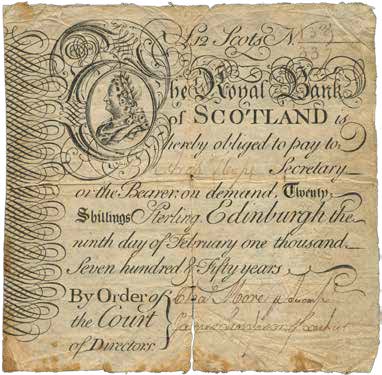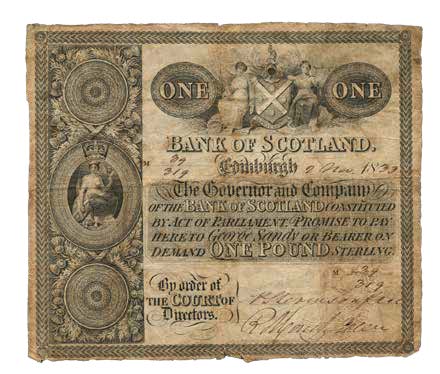
Elaine Fung
SPRING BANKNOTE SALES
London, April 2020
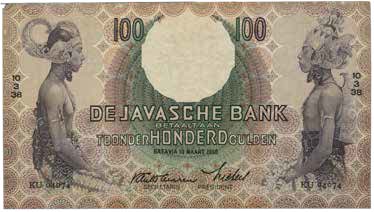
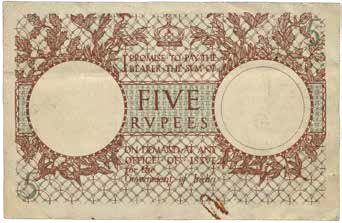
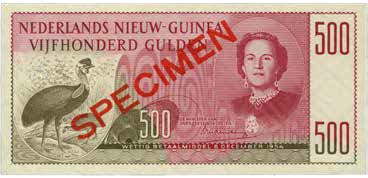
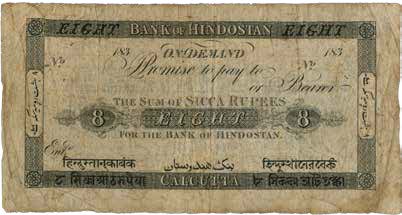
As we were all recovering from the excitement of our October World Banknotes auction, with the group of East African and Lebanese discoveries, preparation for the spring auctions started once again. In January, as we were all busily cataloguing, we thought of our colleagues in HK as they were battling Covid-19. Around the same time the UK officially left the European Union, so there were many things on our minds. By the end of March we were hit with the nationwide lockdown,
but seeing the success of the philatelic and
numismatic auctions held behind closed doors
showed us that collectors still welcome the opportunity to participate in the hobbies they love.
Therefore we are excited to present our April
sales, which will be taking place as this magazine lands on your doormats! Starting off on 7th April is the Professor Yih-Tzong Hsu Collection of World Banknotes. Many collectors will know Professor Hsu for his various literatures on Chinese banknotes and his collection, which Spink Hong Kong has had the honour of selling a part of in January 2020. Professor Hsu has always been fascinated with various features and symbolism on banknotes and he collected by categories: ‘General’, ‘Women, ‘Famous Figures’,
Animals’ and ‘Flowers’. Through offering his
collection in these five parts, he hopes he can interest collectors to appreciate the lesser known stories behind these banknotes.
Some of the highlights from the auction include a group of specimen Netherlands New Guinea guldens with Queen Juliana. Also a group of the ever popular ‘Javanese Dancer’ series from Netherlands Indies is in this collection.
Staying true to the name ‘World Banknotes’,
we have items from all corners of the world,
from Afghanistan to Zanzibar. As always with
our banknote auctions, there is a strong India
showing with two rare essays and an unknown
Hindustan 8 sicca rupees. Bank of Hindustan
was the first modern bank India; prior to this,
during the Mughal Empire, there were only
smaller indigenous banks. Bank of Hindustan was the first bank in India to issue banknotes,
and this 8 sicca rupees note was likely to have
been printed just before the collapse of the bank. With the rich history behind this note, it should attract great interest from collectors.
Another discovery note from this auction is
the Isles de France et du Bourbon, Compagnie
des Indes 1 piastre from 1759 which is now Mauritius. Previously only parts of ¼ and ½
piasters were known. This is possibly the only example of the 1 piastre that exists and there are
no records of this note in both the Kolsky or
GHC references.
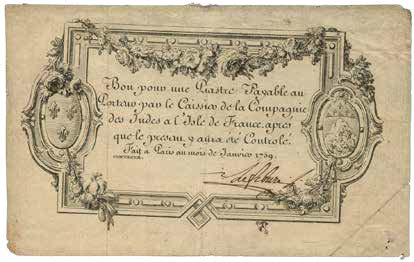
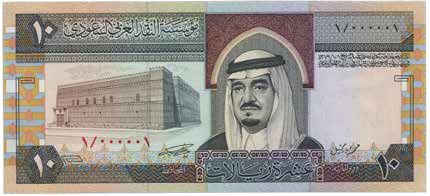
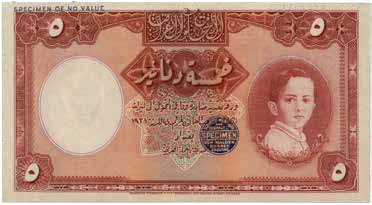
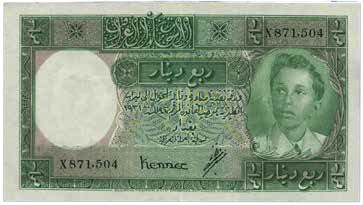
We are also offering a part of the Shadi Samhan collection of Iraq, Jordan and Saudi Arabia materials. One of the highlights from the collection is the Saudi Arabia number one 10 riyals from 1983. Generally the number one note is presented to the King; it is highly unusual to have this appear on the market. Continuing with a strong Iraq section from the October auction, we have a beautiful colour trial 5 dinars featuring young King Faisal II in the Samhan collection. A ‘hidden gem’ from the Iraq other properties is the Government of Iraq, ¼ dinar from 1948 with King Faisal II in a white jacket. This portrait of the King looking upwards was only used on this issue of the ¼ dinar and the subsequent ½ dinar.
At 5pm on the 8th April, we are finishing off
two days of auction marathon with the Charity
Auction of Bank of England £20 polymer notes featuring JMW Turner. Apart from the number 10 note as mentioned in a previous article, the auction also includes a sheet of 45 £20 which is possibly the only example available to a private collector.
We expect bidding to be lively, with all
proceeds to be donated equally between three charities chosen by Bank staff: YoungMinds,
Pancreatic Cancer UK and Alzheimer’s Research UK – thank you to everyone who participates, thereby giving to these worthy causes.
Last but not least, we will be having a British Banknotes auction on 6th May featuring the Laurence B Butters Family Collection of
Provincial Banknotes and Bank of England issues and Part two of the Alexander Gray Collection of Scottish Banknotes. The auction features two historically important Scottish banknotes: the Royal Bank of Scotland 1750 £12 Scot featuring George II is said to be the earliest ‘Royal note’ available to private collectors, and this example is in excellent condition for such an early note. Another is the Bank of Scotland £1 from 1833 printed by Perkins Bacon, featuring the beautiful crowned vignette of Scotia.
With the large range of material we have for
our April/May auctions, we hope there will be
something for all banknote collectors to enjoy during these tough times.

